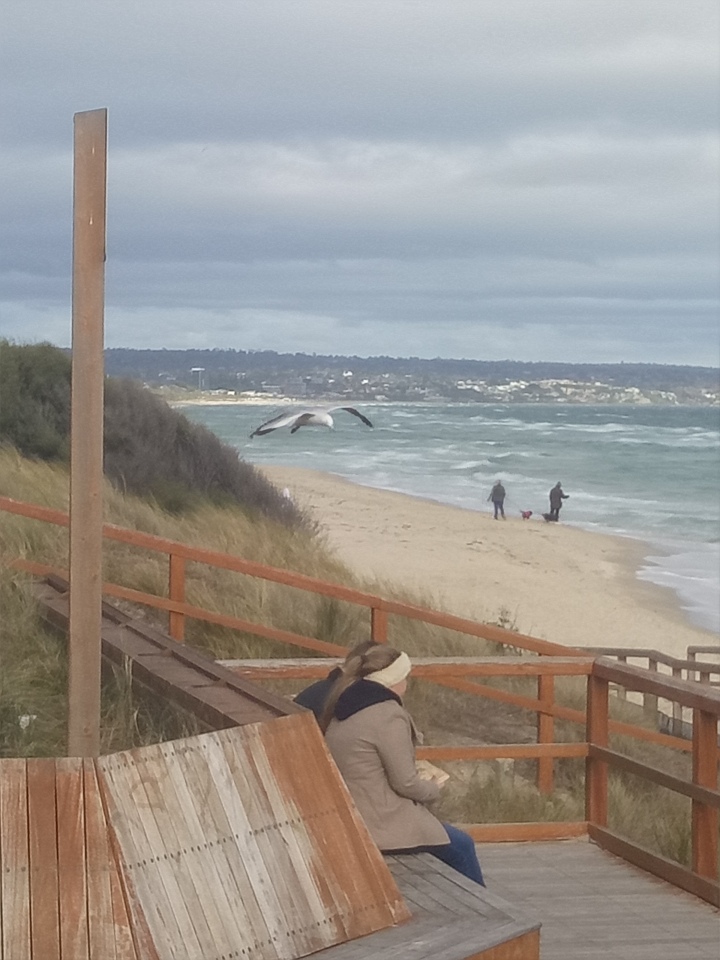Pirates!
When we think of pirates the images that are conjured are of parrots, wooden legs, the skull and crossbones flag, buried treasure, tropical islands or sailing the high seas and a multitude of movies and books have been created around this theme.
Johnny Depp’s Captain Jack Sparrow, like so many pirates of fiction and fantasy, presents a romanticised version of pirating, of the rascal with a heart of gold, and of adventures where the good guys win. But real pirates were not like that, and neither are modern day pirates that still ply the seas and oceans of the world. They operated outside the boundaries of the law and did not let anything get in the way of the thing they desired the most – treasure!
Pirates stole treasure, pirates buried treasure, and pirates made treasure maps so they could find it again.

The past is buried treasure…but you don’t need a map
I often hear people bemoan the fact they feel stuck in the past, that they seem to make the same mistakes over and over again, or that they are doomed or fated to keep repeating the past – and not in a good way. If we haven’t felt completely stuck in the past, most of us know that feeling when something from the past jumps up and bites us, usually at the most unexpected or inappropriate time.
What is happening here is that there are events, feelings and situations that we have buried in our pasts but, unlike buried treasure, we don’t need a map to find them as these issues present themselves unasked for. The temptation then, because the feelings that accompany these memories are often difficult or unpleasant, is to bury the issues again, this time in a deeper hole.
The past is a treasure trove…let’s get digging!
But burying the past doesn’t work, and we know that, but for many of us it’s the only way we know to deal with the unpleasantness of our pasts. But I believe there is a better way.
What if, instead of burying the past, we actually dug it up, dug into it, and tried to find the treasure buried there? I believe that it is in the more difficult, even the most difficult, times of our lives that we develop unique strength and power that is just waiting for us to tap into. But if we insist on merely burying the past we rob ourselves of so much treasure that is just at our fingertips.
Now I’m not talking about the work that a counsellor or psychologist may do to help with past trauma. That is the work for professionals which may be helpful to address some deep-seated issues – and which I have used myself to great effect. No, what I’m referring to is reflecting on the past, asking questions of yourself, with some guidance and feedback, so that you begin to see what lies behind attitudes and beliefs, actions and decisions.
The past is a treasure chest of backstories
Unconscious drivers are those factors and attitudes that drive our lives and decision-making, things like our beliefs around who we are, what we are worth, or what we can achieve. These unconscious drivers can be found in areas such as money and finances, business and work, education, health, national identity, gender and diversity, relationships, faith and worldview.
Unconscious drivers are not necessarily formed only in trauma or great difficulty, but also in the more everyday things of family and culture, and encompass ideas and attitudes that were communicated to us as children. They are ideas and attitudes that we are not consciously aware of or, if we are, we don’t question where such viewpoints originate from.
But we notice them when they impact our relationships and disrupt our peace of mind.
The hidden treasure in backstories
All these stories from our pasts, all these backstories, contribute to who we are today. But if we don’t know what our backstories are, or if we don’t realise the impact they have on the present, then we continue to be held hostage by the surprises of unwanted feelings and memories that bring us pain and discomfort.
If you would like to know more about how to use the backstories of your past to really bring power to the present and the future, put your contact details below.
Then we can work together to uncover the power of your past, to unearth the unconscious factors driving your life, and develop wonderful strategies to use the treasure trove of your past as power for the future!




